Forty years ago, then Democratic Gov. Bruce Babbitt signed Arizona’s landmark Groundwater Management Act, which created a system to manage groundwater in five regions of the state where overpumping was most severe and aquifer levels were declining rapidly.
“I called the leaders of the water establishment together on the day after Thanksgiving in 1979,” Babbitt recalled in an oral history. “I personally sat them down and met with them once or twice a week for nine months and just kind of shut the door and said, ‘We’re going to reform our way out of this problem, and we’re going to draft a meaningful water management system for the state of Arizona.’” Read More
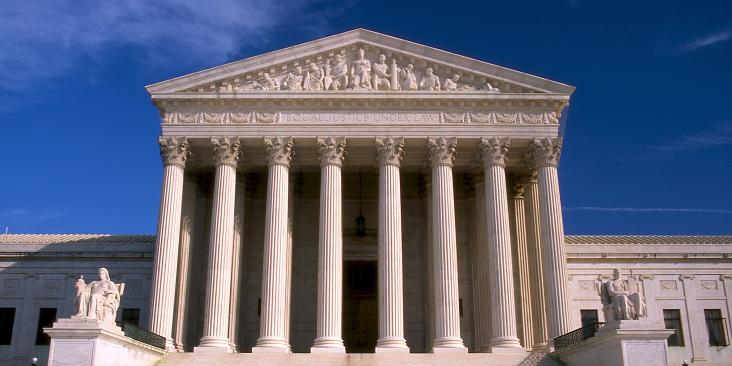

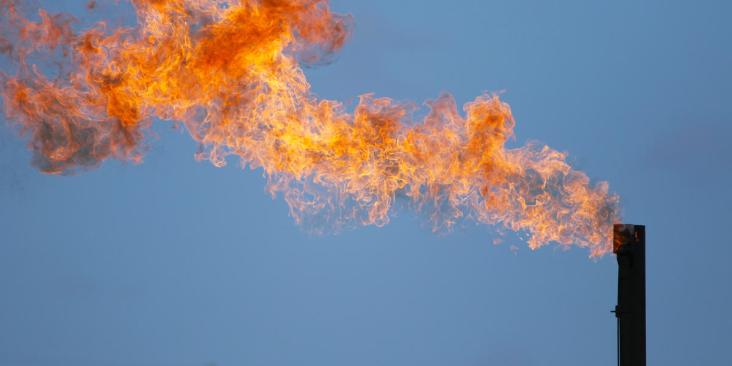





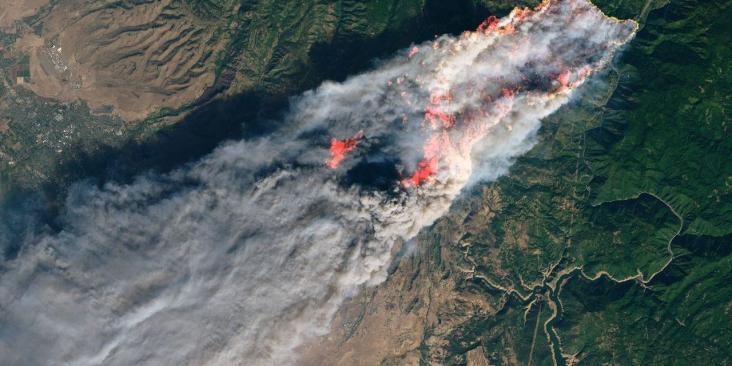
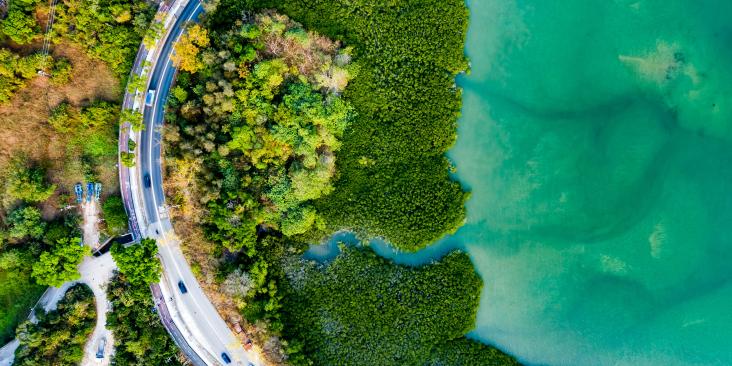
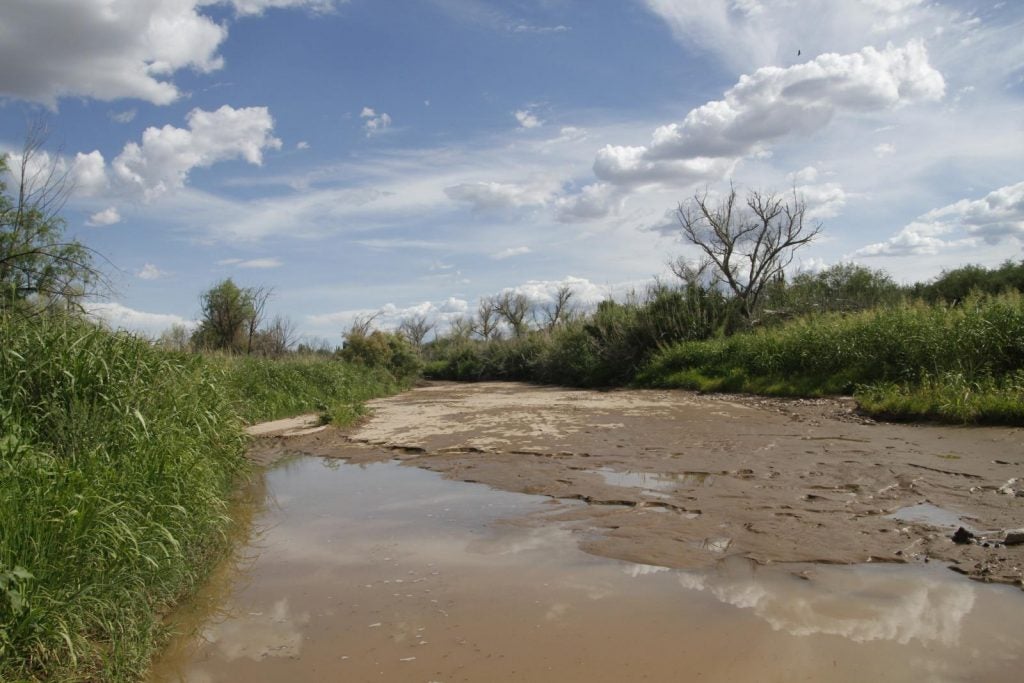
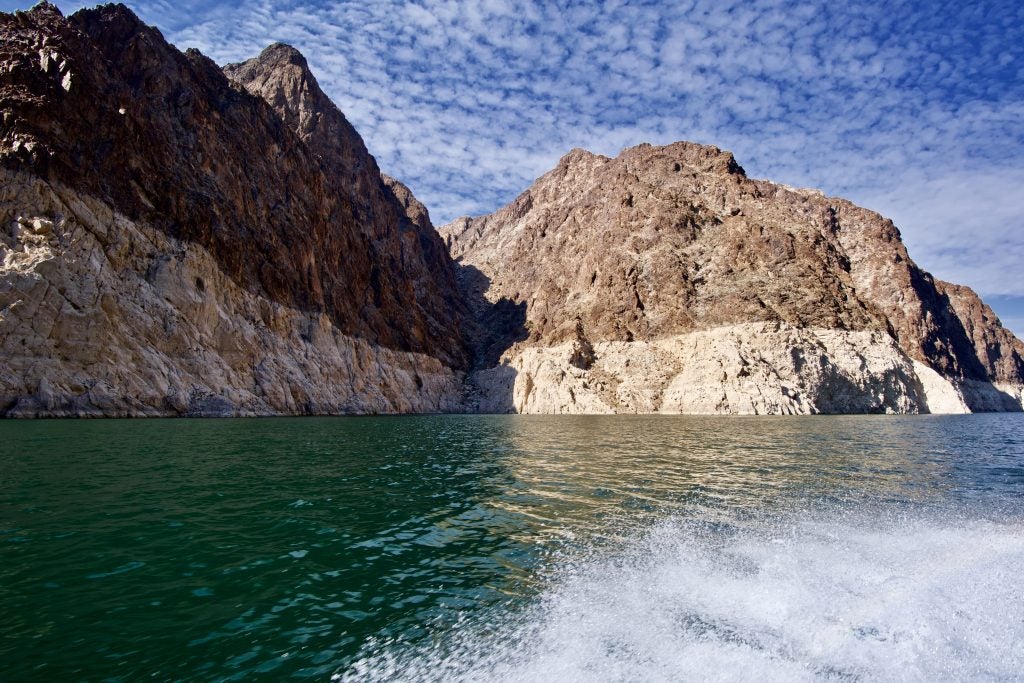
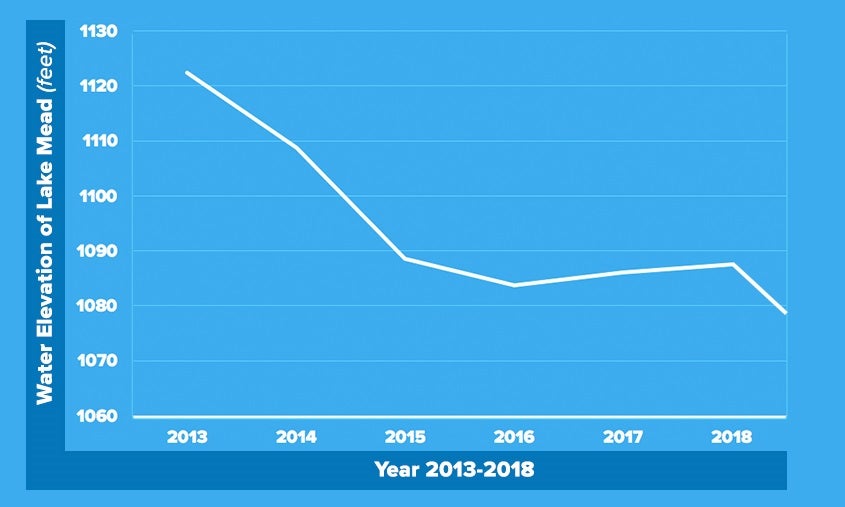
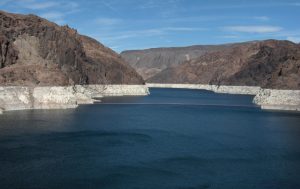
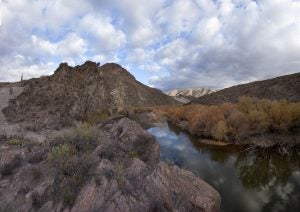 Last week, Arizona Governor Doug Ducey illustrated strong and consistent leadership in addressing Arizona’s pressing water supply needs with two significant announcements.
Last week, Arizona Governor Doug Ducey illustrated strong and consistent leadership in addressing Arizona’s pressing water supply needs with two significant announcements.